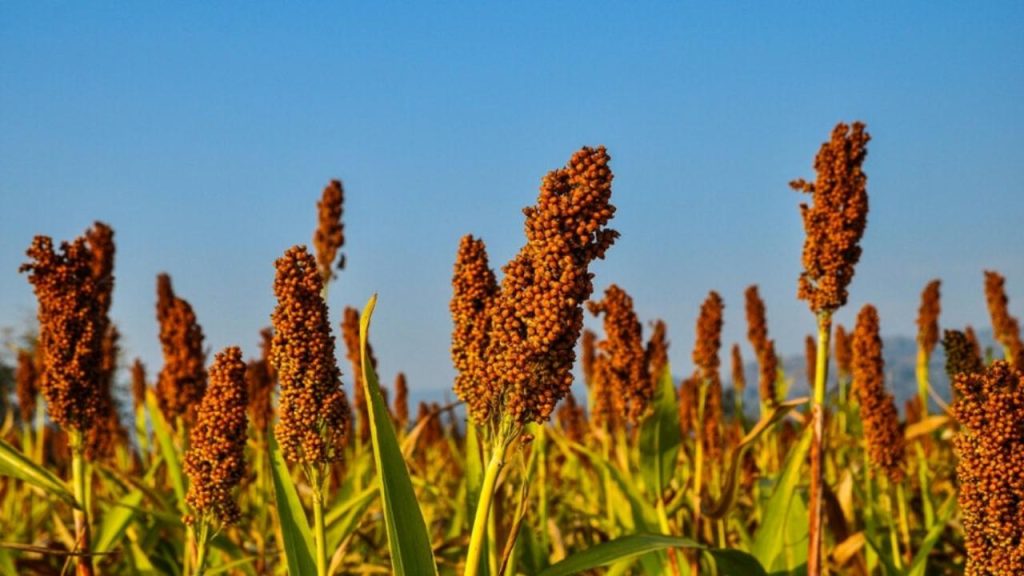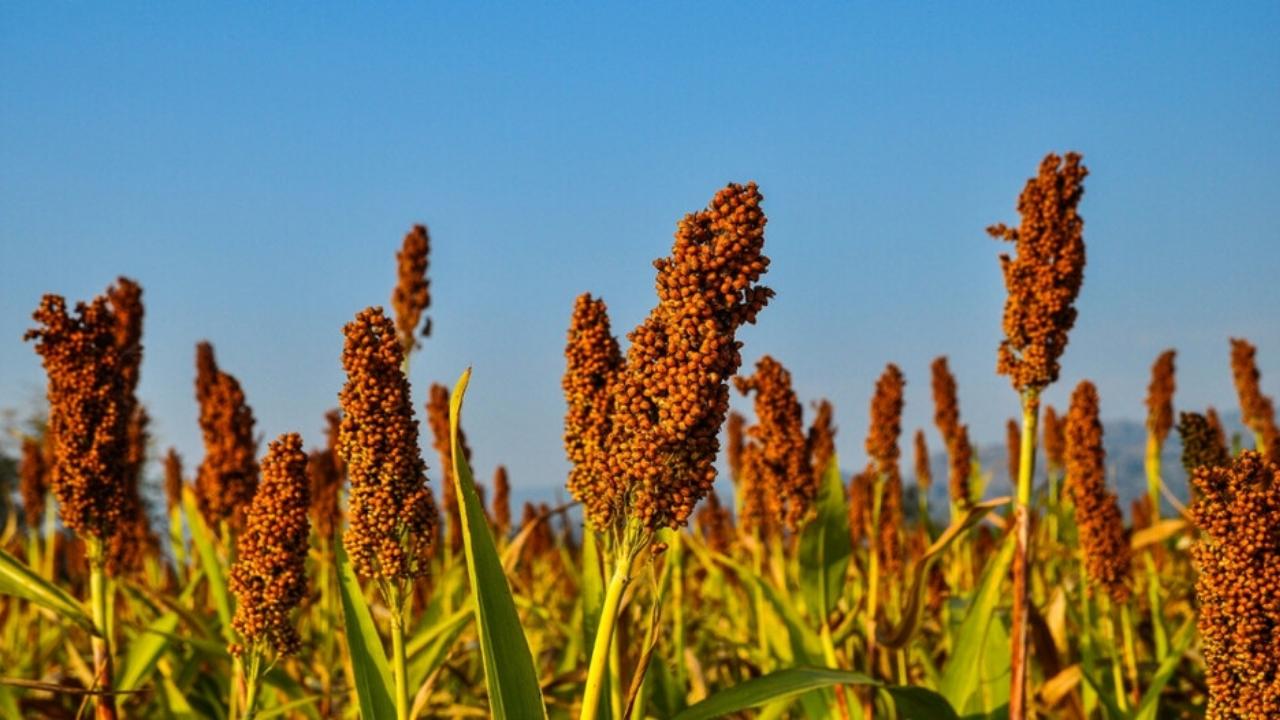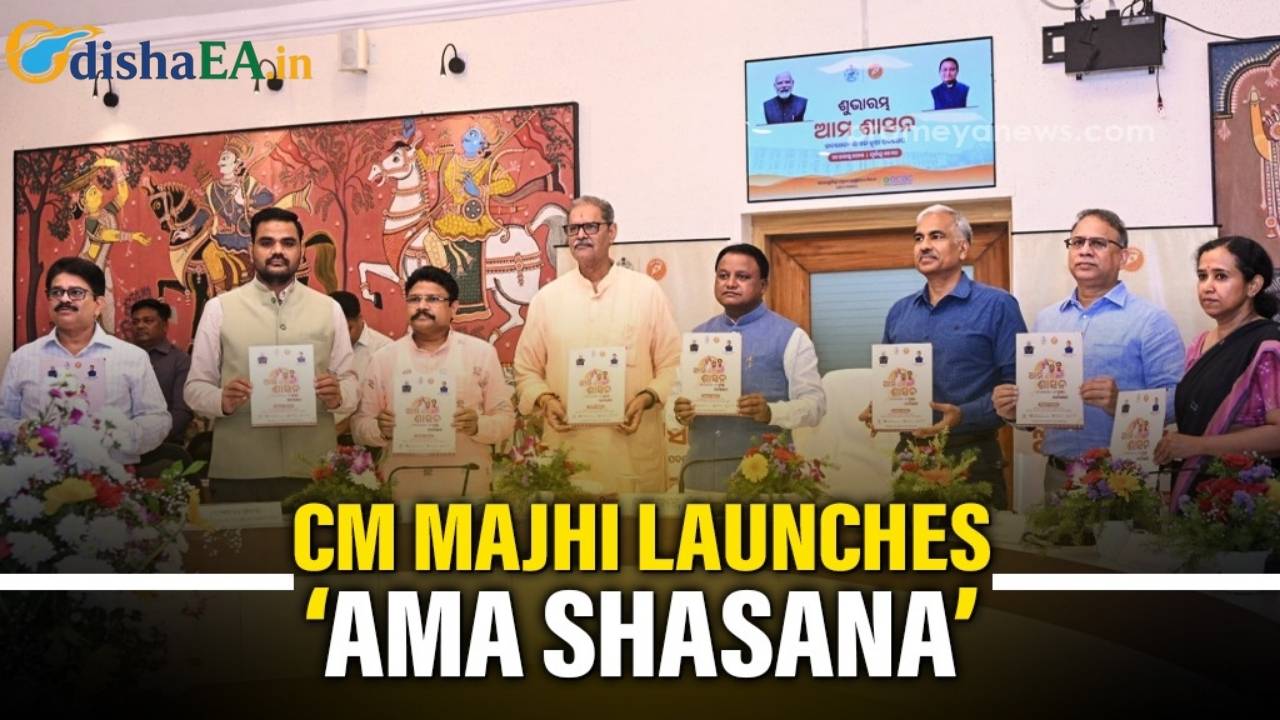BHUBANESWAR, Odisha – The Food Corporation of India (FCI), in collaboration with state agencies, has launched an ambitious drive aiming to purchase 40,000 metric tonnes (MT) of ragi (finger millet) directly from farmers this season. The initial phase of the ragi procurement in Odisha began in the tribal-majority districts of Koraput and Nabarangpur, signaling a reinforced government effort to promote nutritious millets and ensure fair prices for cultivators.

FCI Aims for 40,000 MT Ragi Procurement in Odisha
| Key Fact | Detail / Statistic | Source / Context |
| Procurement Target | 40,000 Metric Tonnes (MT) | Official target set by the Food Corporation of India for the Kharif Marketing Season (KMS) 2024-25. |
| Minimum Support Price (MSP) | ₹4,290 per quintal (approx. $51.30) | Government of India mandate to guarantee a baseline income for farmers. |
| Initial Phase | Koraput and Nabarangpur districts | These districts are key ragi-producing areas and central to the Odisha Millet Mission. |
| Lead Agencies | Food Corporation of India (FCI) & Odisha State Agencies | A collaborative effort involving state-level procurement and national distribution networks. |
Boosting Farmer Income and Nutritional Security
The procurement operation ensures that farmers receive the centrally-fixed minimum support price (MSP) of ₹4,290 per quintal for their ragi crop. This price is a significant increase from previous years, designed to incentivize the cultivation of millets, which are known for their climate resilience and high nutritional value.
Officials have confirmed that the drive is a strategic component of the Odisha Millet Mission (OMM), a flagship program launched by the state government to revive millet farming. “This initiative is not just about procurement; it’s about creating a sustainable ecosystem for millet farmers,” said a senior official from Odisha’s Department of Agriculture, as reported by local media. “By guaranteeing a fair price through FCI, we are empowering farmers, especially in tribal regions, to confidently invest in these ancestral grains.”
The procured ragi will be channeled into the nation’s Public Distribution System (PDS), helping to diversify the food basket offered to beneficiaries, which has traditionally been dominated by rice and wheat. This move aligns with a national strategy to combat malnutrition by introducing nutrient-dense grains into government food programs.

The Strategic Importance of Ragi Procurement in Odisha
The focus on millets like ragi represents a significant policy shift, driven by both agricultural and health considerations. After the United Nations declared 2023 as the International Year of Millets, following a proposal by India, domestic efforts to promote these “super grains” have intensified.
A Multi-Agency Collaboration
The complex logistical operation involves several key players. The Food Corporation of India will oversee the entire process, while state-level agencies, including the Odisha State Civil Supplies Corporation Ltd. (OSCSC) and the Tribal Development Co-operative Corporation of Odisha Limited (TDCCOL), will manage the on-ground procurement at designated centers.
This collaborative framework is designed to ensure a smooth process from the farm gate to the national buffer stock. Farmers are registered through a state portal, and payments are transferred directly to their bank accounts to maintain transparency and eliminate intermediaries. The collected ragi must meet Fair Average Quality (FAQ) standards set by the government to be accepted.
Challenges and the Path Forward
While the initiative is widely praised, officials acknowledge potential challenges, including logistical hurdles in remote areas, ensuring adequate storage infrastructure, and raising farmer awareness about the FAQ quality parameters. “Effective implementation at the grassroots level is crucial for the program’s success,” an FCI spokesperson stated in a press release. “We are working closely with our state partners to address any bottlenecks and ensure farmers are the primary beneficiaries.”
The government plans to gradually expand the procurement drive to other millet-producing districts in Odisha in subsequent phases, based on the outcomes of the initial rollout in Koraput and Nabarangpur.$$VIDEO EMBED PLACEHOLDER: URL: \[Link to a relevant news report or official video from the Government of Odisha or Ministry of Agriculture on the Odisha Millet Mission] CAPTION: “Watch: An overview of the Odisha Millet Mission and its impact on farmers and food security in the state.”$$
Khanduru Farmers Abandon Betel Cultivation as Government Support Falters
Odisha Unveils State-of-the-Art Mandis to Ease Farmers Paddy Sale Woes
Odisha CM Majhi Pledges Full Coverage for Farmers in PM, CM KISAN Schemes
FAQ
What is the Minimum Support Price (MSP)?
The Minimum Support Price (MSP) is a form of market intervention by the Government of India to insure agricultural producers against any sharp fall in farm prices. It is a guaranteed price for their produce from the Government.
Why are millets like ragi being promoted?
Millets are being promoted for their high nutritional value (rich in protein, fiber, and micronutrients), their ability to grow in arid conditions with low inputs (climate-resilient), and their role in promoting biodiversity in agriculture. They are considered a key tool for addressing food security and malnutrition.
What is the Odisha Millet Mission?
The Odisha Millet Mission (OMM) is a state government initiative launched in 2017 to revive millet cultivation, improve productivity, and create market linkages for farmers. It aims to promote the consumption of millets and integrate them into government food programs.





